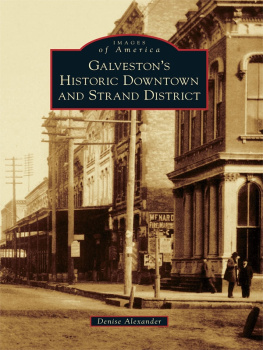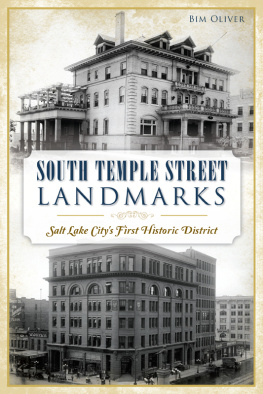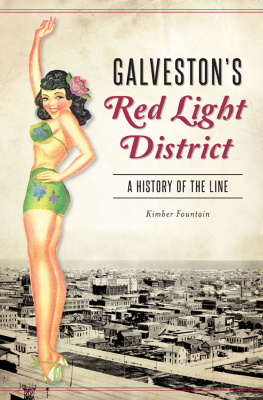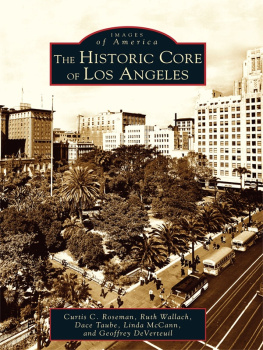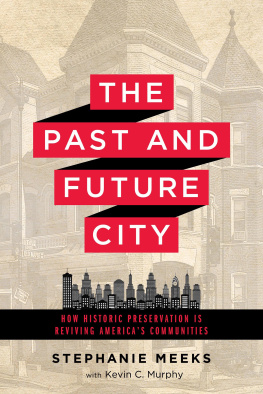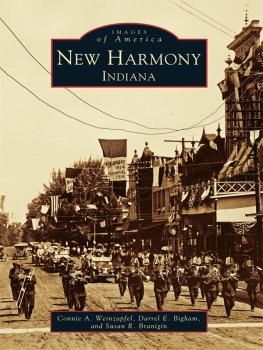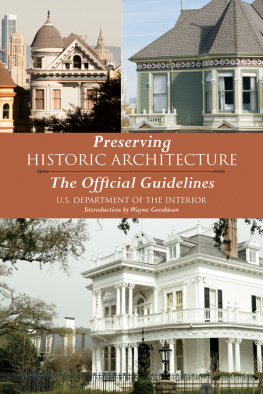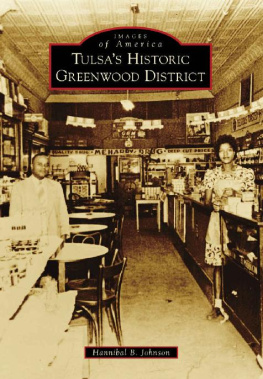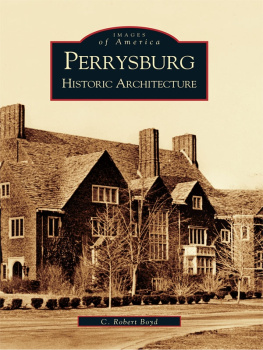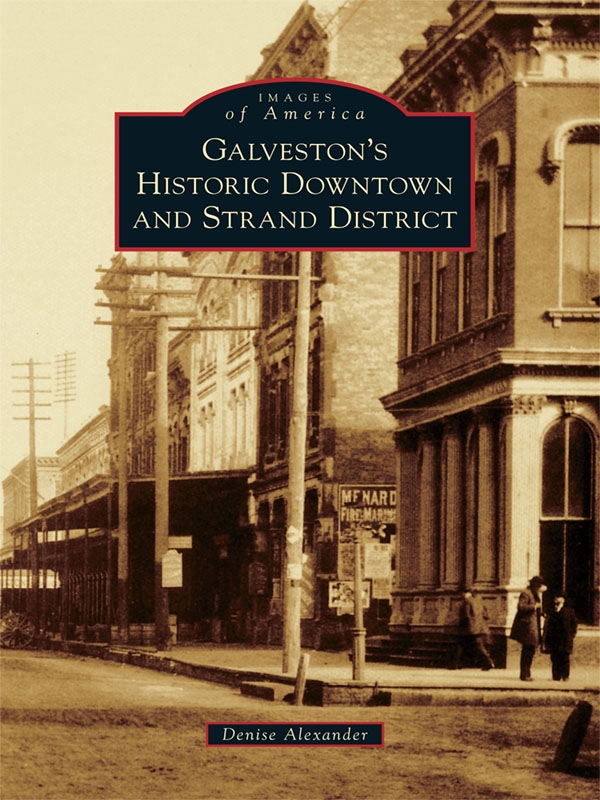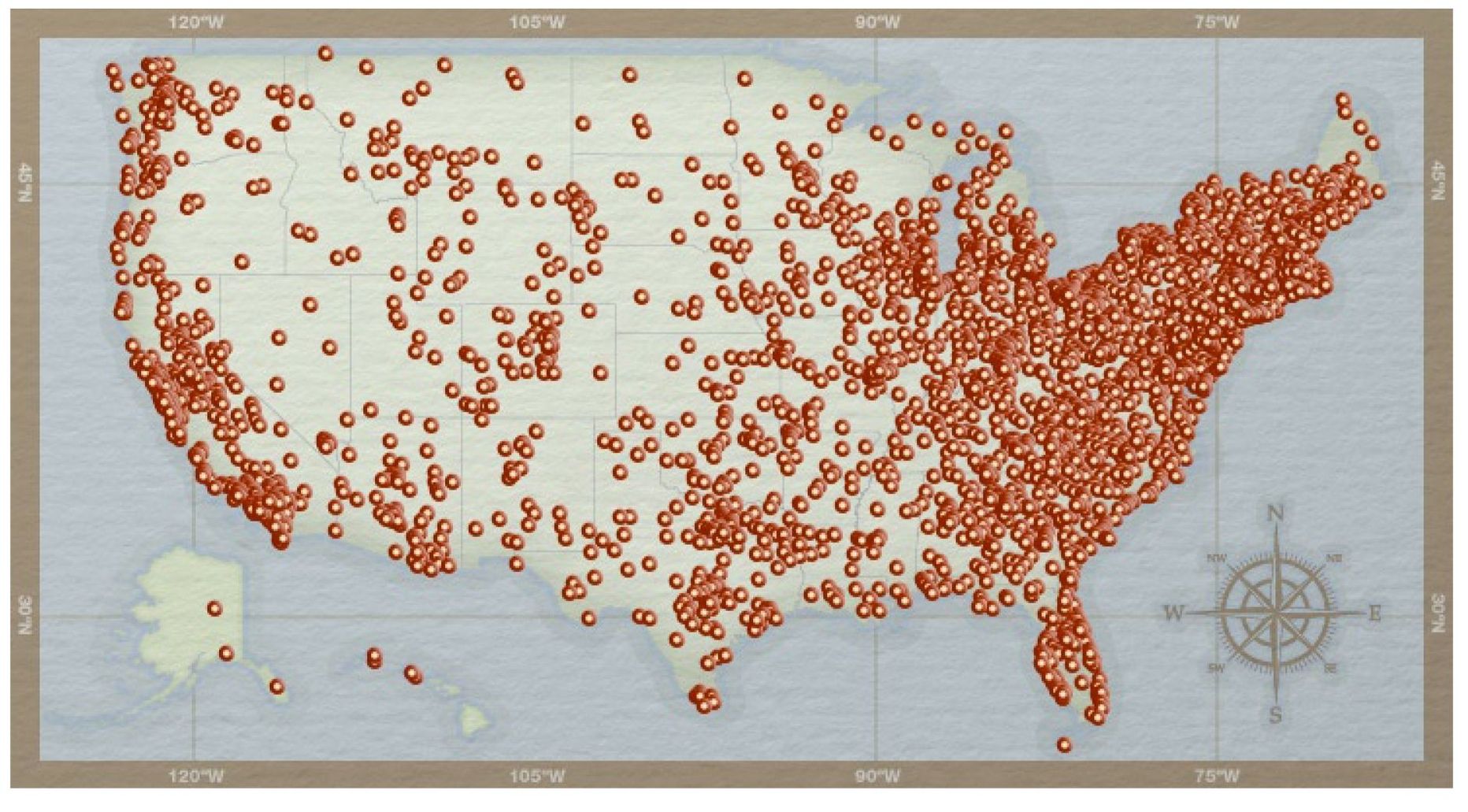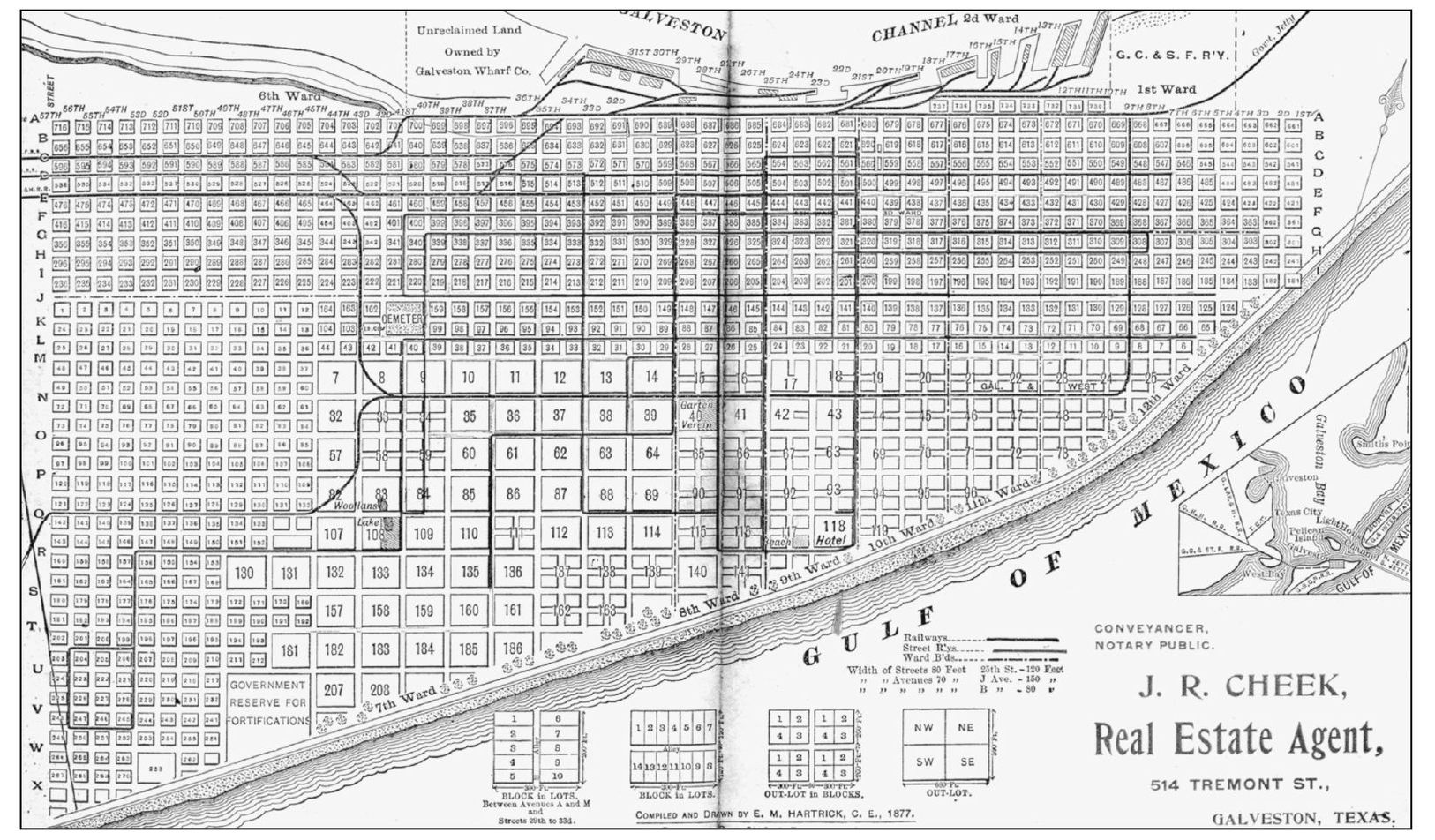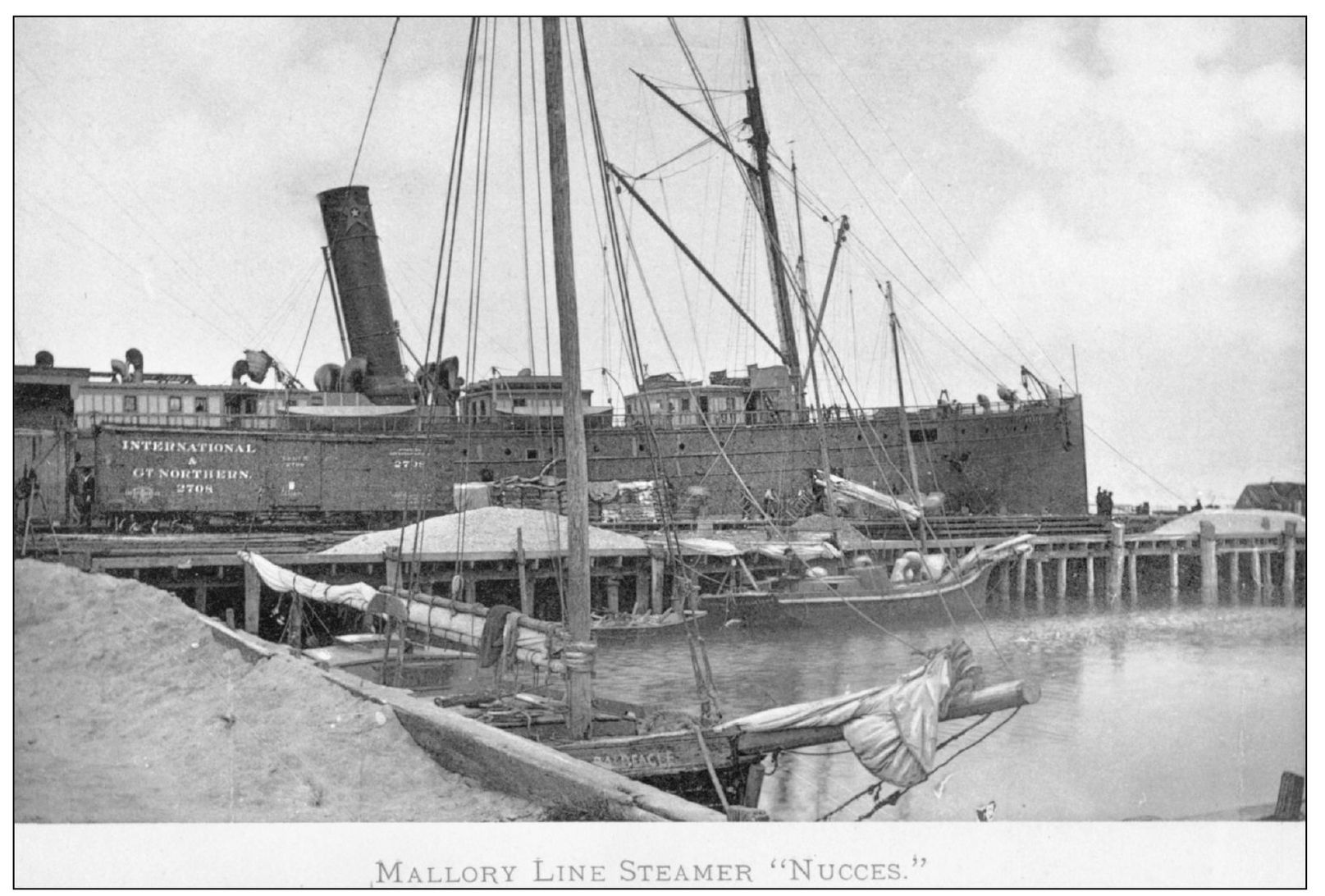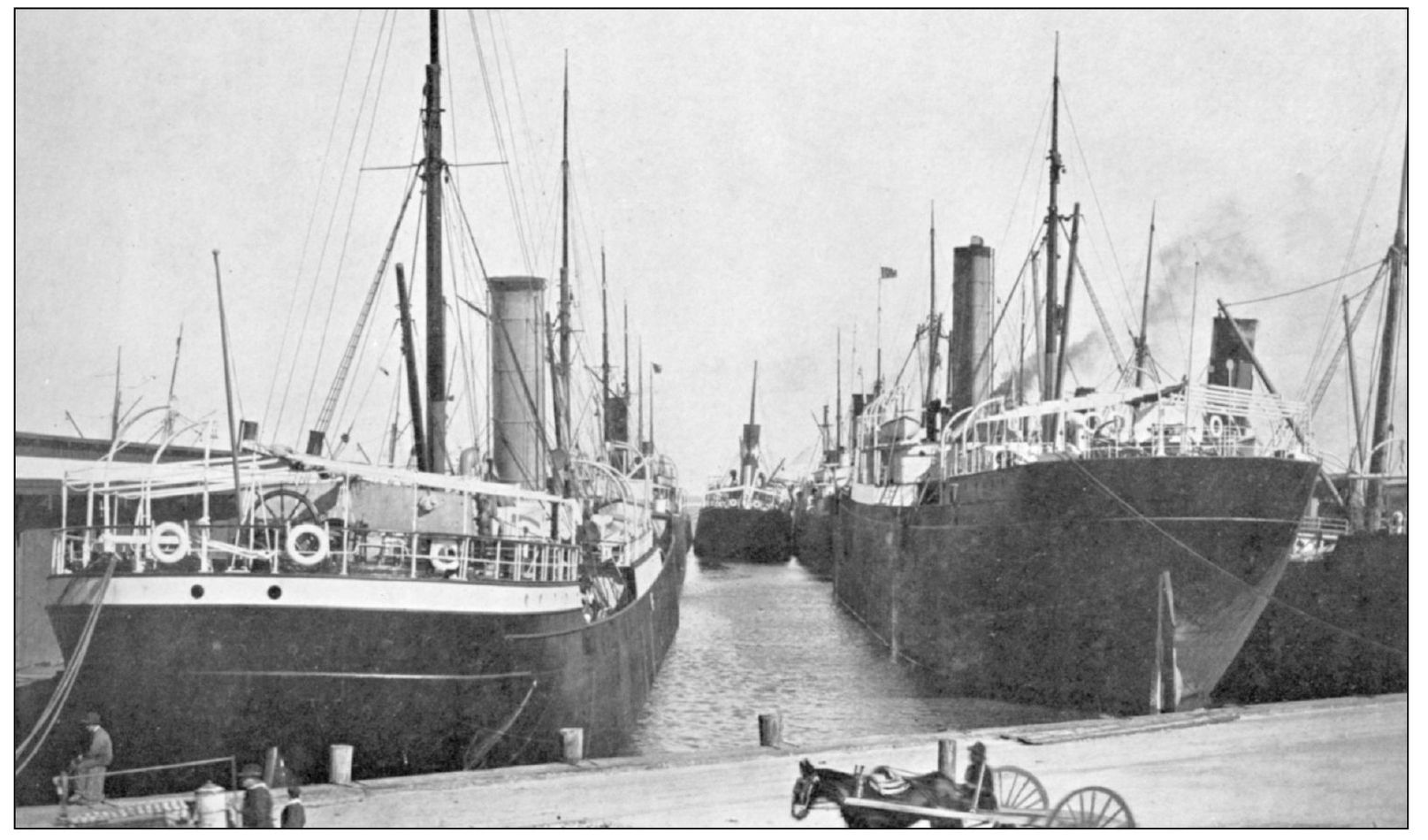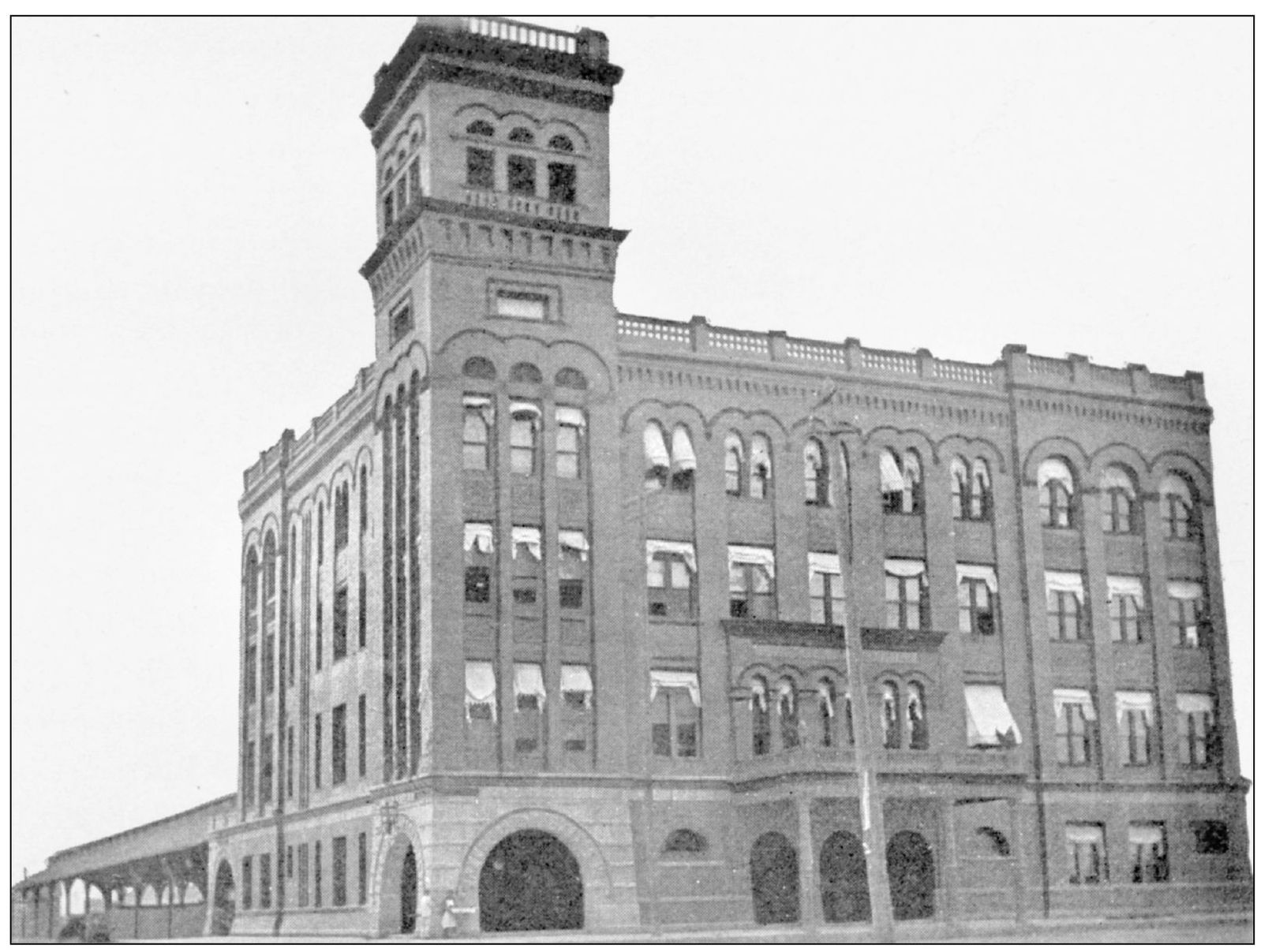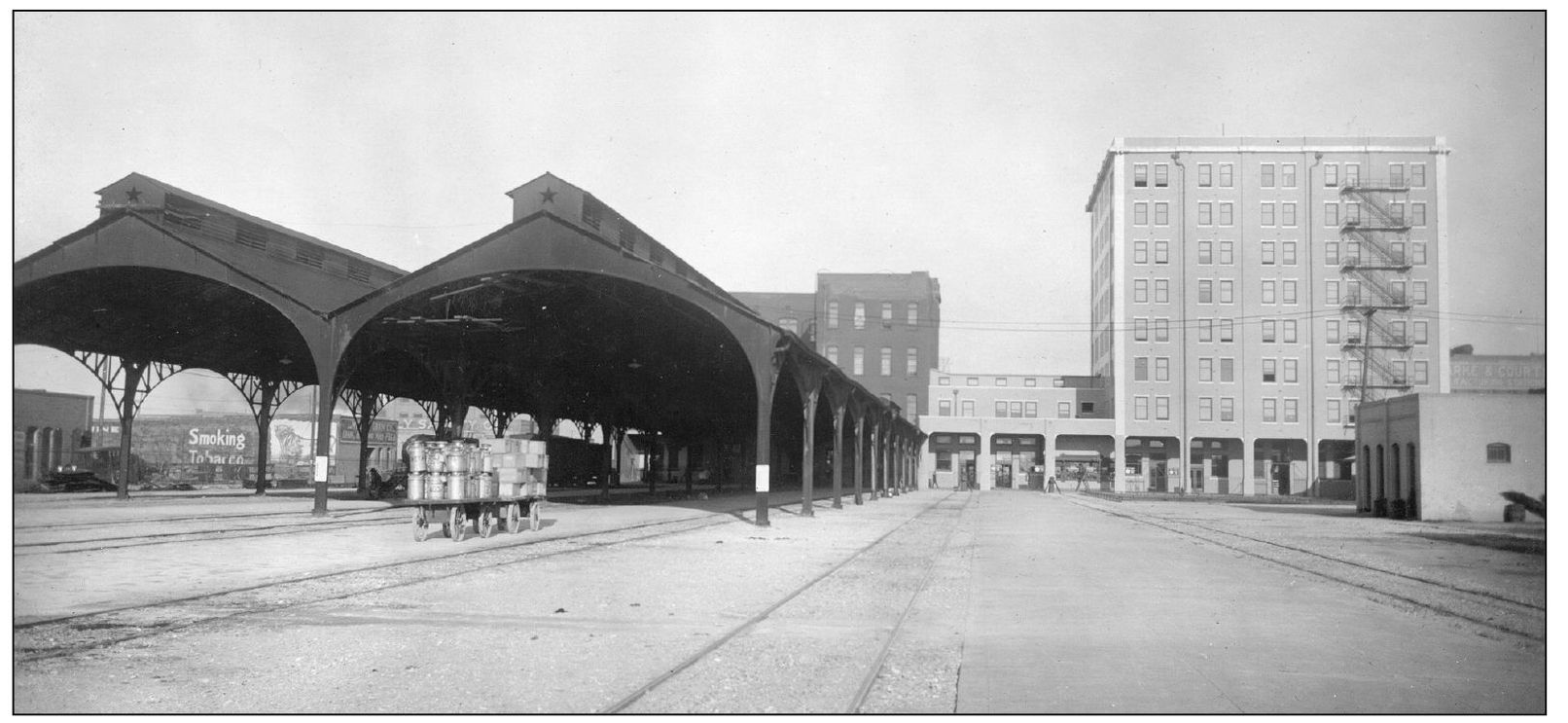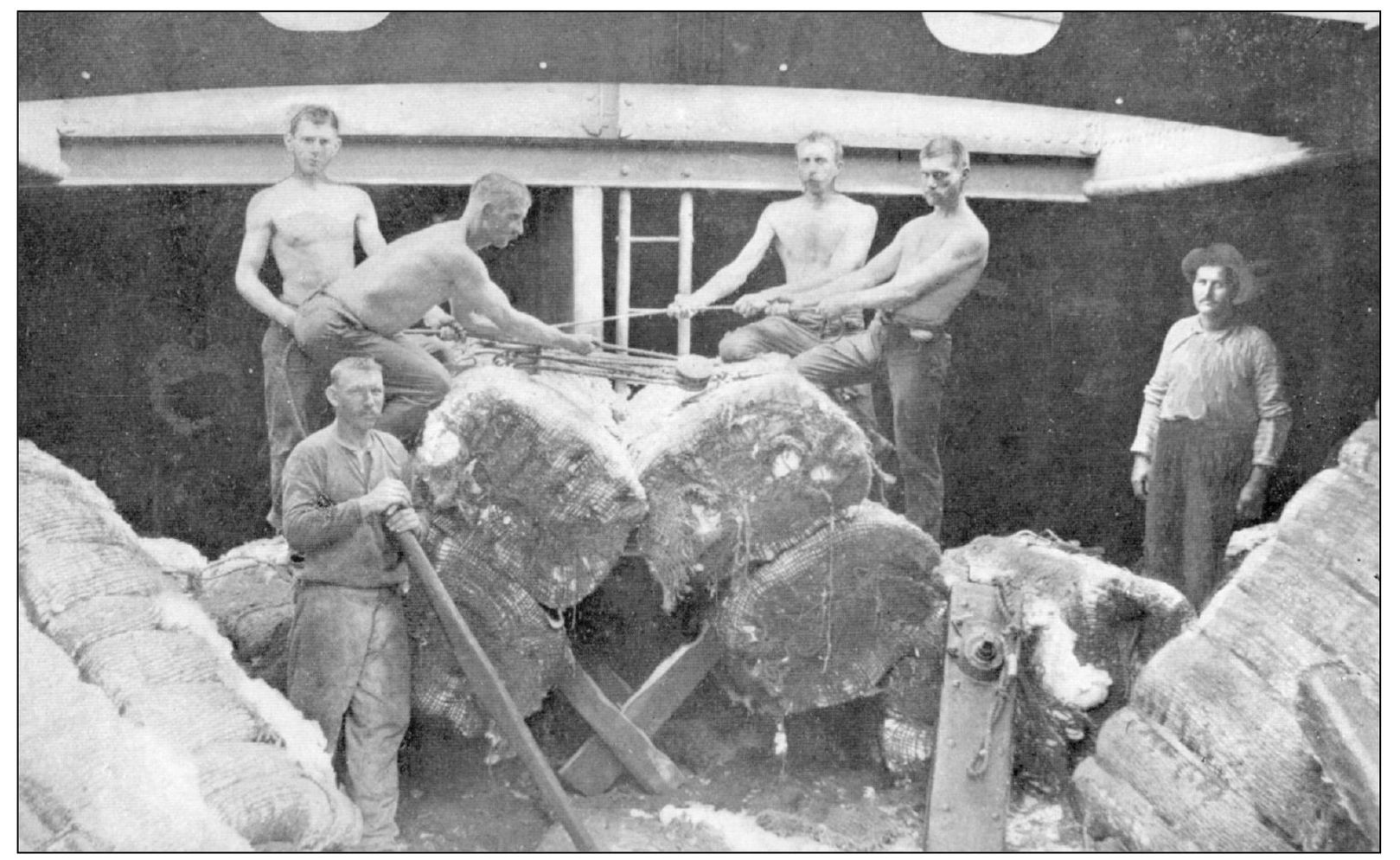ACKNOWLEDGMENTS
A very special thank-you goes to the kind, patient, and resourceful staff of the Briscoe Center for American History at the University of Texas Austin, especially Aryn Glazier in Photograph Reproduction. The Mary Moody Northen Endowment and Larry Wygant also played an integral part by donating city directories to Galveston Historical Foundation and by loaning Picturesque Galveston . Also, thank you to the Galveston County Historical Museum, Rosenberg Library, the Paul Verkin family, and Fred Huddleston; Margaret and V. J. Tramonte for allowing us to use their copy of Art Work of Galveston ; Ellen Beasley and Stephen Fox for their copious research in the Galveston Architectural Guidebook ; and Peter Brink and others who took photographs and documented buildings and contributed these resources to the Galveston Historical Foundation. Without a Hurricane Ike Relief Grant, received from Humanities Texas, the Galveston Historical Foundation would not have been able to purchase and rebuild our Galveston and Texas section of the Preservation Resource Center. Unless otherwise indicated, images in this volume appear courtesy of the Galveston Historical Foundations Preservation Resource Center.
Special acknowledgments go to the following: Matthew Farragher for his scanner, Lisa Lowry for keeping me sane and merry, my mom for not asking too many questions but always being there, Dwayne Jones for his trust, Lauren and Kevin Scott for their love of Galveston, Laurie and Tom Hesser (and the girls, too) for loaning me their beach house, and Peter Ketter.
This book could not have been written without the architectural history memory bank of my good friend Brian M. Davis. He answered hundreds of questions for me and was a good influence on me finishing this book. Unless otherwise indicated, all images appear courtesy of the Galveston Historical Foundation.
ABOUT THE ORGANIZATION
Incorporated in 1954, the Galveston Historical Foundation (GHF) is one the nations largest local preservation organization. During the past 50 years, the foundation has expanded its mission to encompass community redevelopment, public education, historic preservation advocacy, maritime preservation, and stewardship of historic properties. Today the Galveston Historical Foundation has more than 2,000 memberships representing individuals, families, and businesses across Texas, the United States, and abroad, and exerts a profound impact on the culture and economy of Galveston.
The work of GHF has earned the foundation recognition by prominent state and national organizations. Among the recognized efforts are the redevelopment of the Strand; the rescue and restoration of the 1877 iron barque the ELISSA ; the revitalization of historic residential neighborhoods and creation of historic districts; and the conception of signature events including Dickens on The Strand and the Galveston Historic Homes Tour. Galveston Historical Foundation serves as the steward and operator of many of Galvestons most significant historic properties. The 1838 Michel Menard House, 1839 Samuel May Williams House, 1859 Ashton Villa, 1859 St. Joseph Catholic Church, 1861 U.S. Custom House, 1880 Garten Verein, 1887 Tall Ship ELISSA , 1892 Bishops Palace, 1937 Santa Maria Shrimp Boat, and Rosewood Cemetery.
The Galveston Historical Foundation continues to be a driving force in the development and enrichment of the city of Galveston. The foundation is major voice of preservation advocacy both locally and throughout the state. The Galveston Historical Foundations many departments, programs, events, and volunteers are all dedicated to its mission: preserving and revitalizing the architectural, cultural, and maritime heritage of Galveston Island for the education and enrichment of all.
Find more books like this at
www.imagesofamerica.com
Search for your hometown history, your old
stomping grounds, and even your favorite sports team.
One
DOWNTOWN GALVESTON
The time between 1870 and 1900 was an important period of growth for Galveston. With 37,000 residents by 1900, Galveston was expanding at a rapid pace. It was a busy port with immigrants arriving daily. Downtown Galveston was the center of all activity, and banks, merchants, public buildings, and churches radiated from the Strand area. This map from the 1897 Galveston City Directory shows the complex trolley lines that connected the residential areas to downtown.
By 1825, the Port of Galveston was a small trading post. The city was established by an act of the Mexican Congress in 1825, when the land was still part of Mexico. The site of the future Port of Galveston was long reported as the best natural harbor in the Texas Colony, and it is the oldest port in the Gulf of Mexico, west of New Orleans.
The city of Galveston revolved around port activities. The export of goods and merchandise provided the largest economic stimulus for Galveston. The natural deepwater port gave Galveston an advantage over other cities on the Gulf of Mexico. The U.S. Congress deemed it so important that $8 million was appropriated to deepen the channel and build a jetty in 1889.
This photograph is of the original Union Depot, built in 1897. The purpose of this building was to separate passenger traffic from the freight traffic of the port. As the demand for railroad transit increased, the Union Depot was soon too small and was demolished in the 1930s. The railroad remained as a way to reach Galveston and a way for thousands of immigrants to move into Central Texas and cities beyond.
The first railroad to reach Galveston was the Galveston, Houston, and Henderson Railroad in 1860. Competition for extending lines beyond Texas in order to get the valuable exports elsewhere was somewhat out of Galvestons hands, but it was not without trying. Henry Rosenberg founded the Gulf, Colorado, and Santa Fe Railroad in 1873 and remained competitive by investing in connecting lines to the West. (Courtesy of the Galveston County Historical Museum, Galveston, Texas.)
Cotton was king in Texas, and thus in Galveston. By 1900, the Port of Galveston had cotton receipts totaling 2,278,000 bales. In 1878, Galveston was third in the country in cotton exporting and fifth in 1882. The port exported 10 to 11 times greater value of goods and merchandise than it imported in the mid-1870s.

